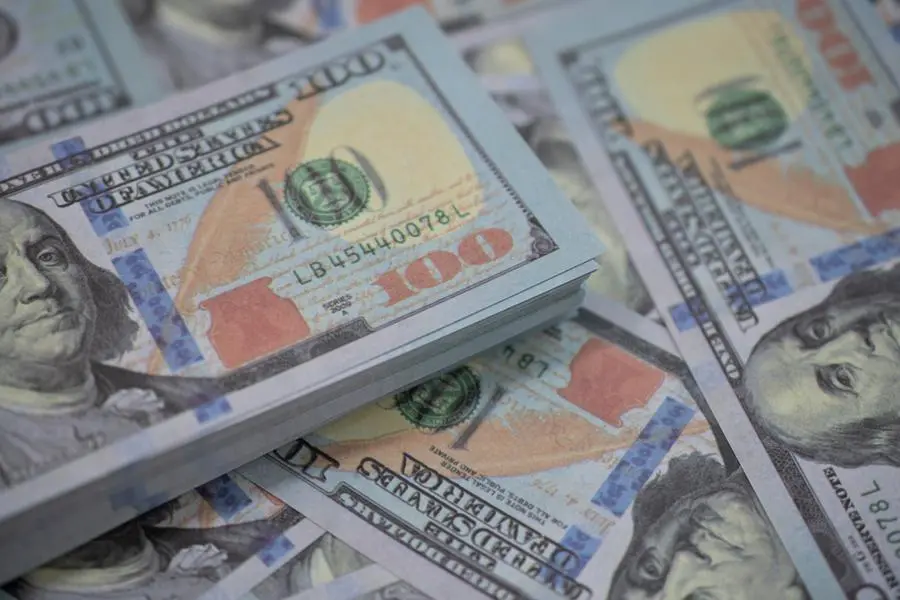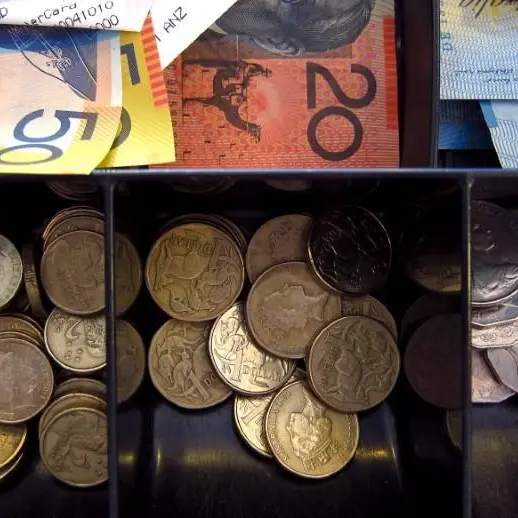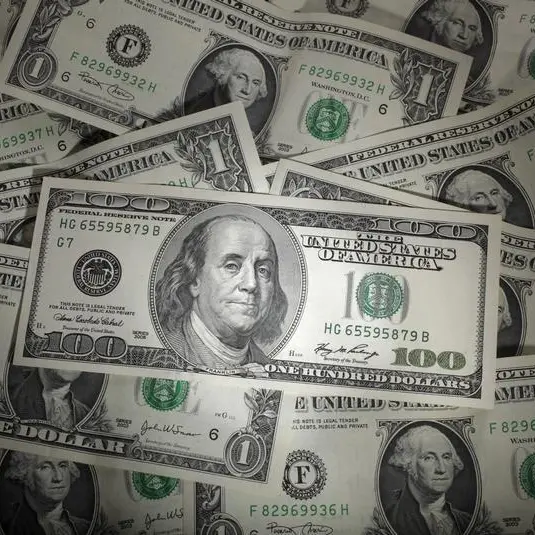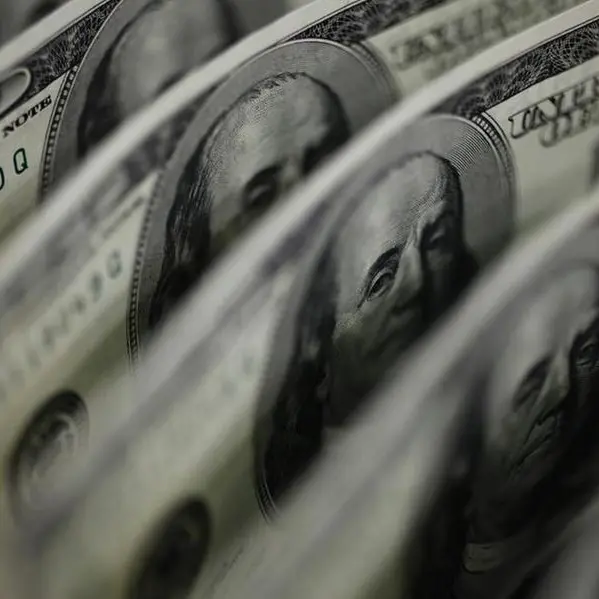PHOTO
NEW YORK - Benchmark U.S. Treasury yields fell on Friday but briefly bounced off session lows after data showed that inflation eased in April, boosting hopes that the economy will suffer less damage if the worst of soaring price pressures have passed. Inflation continued to increase in April, but not at same magnitude as in recent months.
The personal consumption expenditures (PCE) price index gained 0.2% last month after shooting up 0.9% in March. In the 12 months through April, the PCE price index advanced 6.3% after jumping 6.6% in March.
“The inflation numbers were probably pretty well known just following what we got with CPI,” said Benjamin Jeffery, interest rate strategist at BMO Capital Markets in New York. “On the margin (it’s) probably positive for Q2 GDP estimates, which is why we got that little pop in yields.”
Data earlier this month showed that U.S. consumer price growth slowed sharply in April as gasoline prices eased off record highs. U.S. consumer spending also rose more than expected in April, which could help to underpin economic growth in the second quarter amid rising fears of a recession.
Benchmark 10-year note yields jumped three basis points after the data to 2.749%, before falling back to 2.725%, down three basis points on the day. The yields have dropped from 3-1/2 year highs of 3.203% reached on May 9 on concerns that the Federal Reserve’s aggressive tightening could tip the economy into recession.
Concerns about slowing growth have also increased speculation that the U.S. central bank could pivot to a more dovish stance if growth slows.
“That’s been this week’s story ... people questioning how high the terminal rate will ultimately be, but I think it’s still going to be too soon to say with any high conviction just given the fact that we’re going to need to see more inflation data,” said Jeffery.
Fed funds futures traders are pricing in 50 basis point hikes at each of the Fed’s June and July meetings, and the chance for a similar increase in September. They have, however, pared their expectations on how high the Fed will ultimately raise its benchmark rate, with the federal funds rate now expected to be at 2.87% in March, compared with expectations on Monday of 3.03%. It is currently at 0.83%. Jobs data for May released next Friday is the next major U.S. economic focus.
(Reporting by Karen Brettell, Editing by Nick Zieminski)












